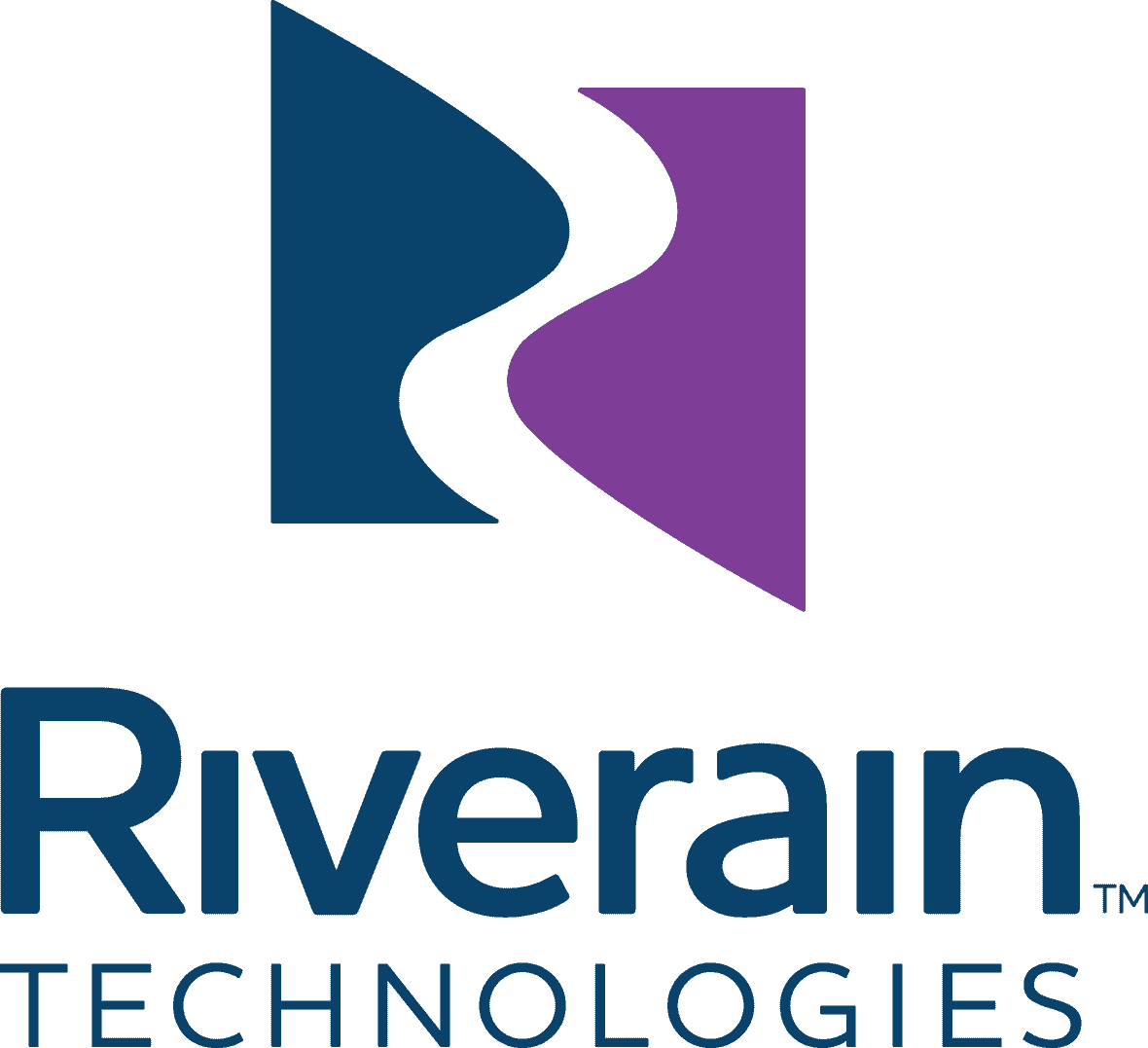|
Imaging AI’s Big 2021 | Optum Goes Home
April 3, 2022
|
|
|

|
|
Together with
|

|
|
|
“For brevity’s sake I shall use the expression ‘rays’; and to distinguish them from others of this name I shall call them ‘X-rays.'”
|
|
Wilhelm Röntgen, born 177 years ago last week, on why he named his world-changing invention “X-ray.”
|
|

|
|
Signify Research’s latest imaging AI VC funding report revealed an unexpected surge in 2021, along with major funding shifts that might explain why many of us didn’t see it coming. Here’s some of Signify’s big takeaways and here’s where to get the full report.
AI’s Path to $3.47B – Imaging AI startups have raised $3.47B in venture funding since 2015, helped by a record-high $815M in 2021 after several years of falling investments (vs. 2020’s $592M, 2019’s $450M, 2018’s $790M).
Big Get Bigger – That $3.47B funding total came from over 200 companies and 290 deals, although the 25 highest-funded companies were responsible for 80% of all capital raised. VCs increased their focus on established AI companies in 2021, resulting in record-high late-stage funding (~$723.5M), record-low Pre-Seed/Seed funding (~$7M), and a major increase in average deal size (~$33M vs. ~$12M in 2020).
Made in China – If you’re surprised that 2021 was a record AI funding year, that’s probably because it targeted Chinese companies (~$260M vs. US’ ~$150M), continuing a recent trend (China’s AI VC share was 45% in 2020, 26% in 2019). We’re also seeing major funding go to South Korea and Australia’s top startups, adding to APAC AI vendors’ funding leadership.
Health VC Context – Although imaging AI’s $815M 2021 funding total seems big for a category that’s figuring out its path towards full adoption, the amount VC firms are investing in other areas of healthcare makes it seem pretty reasonable. Our two previous Digital Health Wire issues featured seven digital health startup funding rounds with a total value of $267M (and that’s from just one week).
The Takeaway
Signify correctly points out that imaging AI funding remains strong despite a list of headwinds (COVID, regulatory hurdles, lacking reimbursements), while showing more signs of AI market maturation (larger funding rounds to fewer players) and suggesting that consolidation is on the way. Those factors will likely continue in 2022. However, more innovation is surely on the way too and quite a few regional AI powerhouses still haven’t expanded globally, suggesting that the next steps in AI’s evolution won’t be as straightforward as some might think.
|




|
|
Open System Imaging Case for PowerScribe One
In this Nuance Q&A, Open System Imaging’s medical director and CTO discuss how adopting PowerScribe One improved the California radiology practice’s efficiency and productivity.
|
|
- Optum Goes Home: Healthcare’s at-home shift gained momentum last week, after UnitedHealth’s Optum unit acquired home health provider LHC Group for a whopping $5.4B. Optum’s LHC acquisition comes a few months after several of the largest US health systems invested in home care startup Medically Home (Cardinal, Mayo, Kaiser), showing that traditional providers also see a big future within patient homes. This trend’s imaging impact is still taking shape, but it likely means more interest in mobile imaging providers, ultra-portable scanners, and software that allows non-experts to perform and send scans.
- Riverain’s Pneumothorax FDA: Riverain Technology is expanding to pneumothorax detection following the FDA clearance of its new ClearRead Xray Pneumothorax solution. Although Riverain primarily focused on lung nodule and lung cancer detection before now, ClearRead Xray Pneumothorax is a logical extension of its thoracic imaging expertise and workflows. It should also be a “clear” option for many ClearRead Xray users, some of whom were already using ClearRead Xray Bone Suppress to detect subtle pneumothorax.
- BI-RADS 3 Clarity: A new JACR study provided rare insights into BI-RADS 3 mammography assessments, confirming that it is more widely used and less associated with future cancers than some might think. Analysis of the ACR National Mammography Database (3M diagnostic mammograms, 2009-2018) revealed that 15.5% of diagnostic exams were BI-RADS 3 (470k) and only 0.91% of those patients developed breast cancer within two years (below BI-RADS 3’s <2% risk benchmark). Patients with BI-RADS 3 assessments had a higher likelihood of malignancy if they had calcifications or were over 70-years old (odds ratios: 4.27 & 3.77).
- PocketHealth’s $16M: Image sharing startup PocketHealth completed a $16M Series A round (total funding now $22.5M) that it will use to accelerate product development, go-to-market expansion, and adding to its team. PocketHealth’s uniquely patient-centric platform allows patients to access their images “whenever and wherever they need them” (via any device & browser), and is already used by over 600k patients and 550 provider sites.
- TI-RADS AI Advantage: A recent Radiology Journal study highlighted a thyroid ultrasound AI model trained with TI-RADS scores (MTI-RADS), finding that it rivaled radiologist interpretations and outperformed an AI model trained on benign and malignant diagnoses (MDiag). When tested against a 243-nodule dataset, the MTI-RADS model detected malignant nodules with a 0.91 AUC (vs. MDiag’s 0.84, experienced rads’ 0.93, and junior rads’ 0.78), 83% sensitivity (vs. experienced rads’ 92%, and junior rads’ 70%), and 87% specificity (vs. experienced rads’ 80%, and junior rads’ 75%).
- Philips Ultrasound Workspace: Philips kicked off ACC 2022 with the launch of its Ultrasound Workspace solution, which automates 2D and 3D quantification using echocardiography exams from any brand ultrasound system, and supports analysis / reporting from any browser-based device. Ultrasound Workspace is based on TOMTEC Imaging’s popular TOMTEC-ARENA software, marking a key integration step five years after Philips acquired TOMTEC. It also represents a move into vendor-neutral echo quantification, as Philips is discontinuing its homegrown QLAB software (only worked w/ Philips systems) to make room for Ultrasound Workspace.
- CTC’s Extracolonic Findings: New research out of Memorial Sloan Kettering revealed that many CT colonography exams performed on oncology patients end up producing extracolonic findings. Analysis of 855 consecutive CTCs revealed previously unknown malignancies in 66 patients (7.7%) and other significant findings in five patients (0.6%; e.g. bowel obstruction and cirrhosis).
- Optellum’s CE Mark: Optellum announced the CE mark certification of its Virtual Nodule Clinic, an AI-powered clinical decision support tool that clinicians can use to identify and track patients with suspicious lung nodules (already FDA-cleared). Optellum enters Europe with a head start, including an existing partnership with the UK NHS and ongoing involvement in several UK lung cancer screening and AI initiatives.
- Reporting Variations: Analysis of 30k emergency radiology reports by 165 radiologists (all free-text, MRI or CT, involving a single anatomy, w/ pathological findings) revealed that variations in report content and structure are only partially due to patients’ diagnostic situation. The France-based study found that reports are generally shorter and include less diverse vocabulary during weekend shifts and when the radiologist just experienced an increased volume of cases. Recent increases in reading volume were also associated with less complex sentences, greater use of negative depictions (vs. positive), and more doubt and ambiguity.
- Handheld Growth, Compact Stability: Signify Research forecasts that the handheld ultrasound segment will maintain a hefty 26% CAGR from 2020 to 2025, as user base expansion and tech innovations increase its global ultrasound revenue share from 3% to 6% ($158M to $494M). Handhelds won’t pose as much of a threat to compact ultrasounds as some might think, as the compact segment’s established clinical role, evolving capabilities, and higher ASPs drive decent revenue growth ($1.21B to $1.28B) despite a falling revenue share (20% to 17%).
- SR Adds RAA: Strategic Radiology added Radiology Associates of Albuquerque (42 radiologists, 3 imaging centers, 45yrs in practice) to its consortium of independent radiology practices. The partnership expands SR into New Mexico for the first time, while increasing its membership to 31 practices and over 1,500 radiologists.
|
|
Einstein & Bayer’s Injection System Upgrade
See how Einstein Healthcare Network reduced its syringe expenses, enhanced its syringe loading, and improved its contrast documentation when it upgraded to Bayer Radiology’s MEDRAD Stellant FLEX CT Injection System.
|
|
Arkansas Children’s Case for Fujifilm Healthcare
See how Fujifilm Healthcare helped Arkansas Children’s Hospital’s imaging IT infrastructure evolve from departmental silos to an interoperable architecture that improved its radiology and IT teams’ day-to-day flexibility and future scalability.
|
|
- See how Thomas Jefferson University relied on CARPL.ai to accelerate its AI validation and clinical adoption in this presentation by informatics and AI leader, Dr. Paras Lakhani.
- Explore Arterys’ new Atrial Volumes feature for its Cardiac AI solution that allows cardiologists and radiologists to easily quantify volumes for both left and right atria in cardiac MRI images.
- See how cloud-native imaging avoids traditional software’s resource utilization constraints and eliminates unexpected disruptions in this Change Healthcare animation.
- See how Dr. Carolyn Lam evolved from a women’s heart health trailblazer to co-founding Us2.ai and automating the fight against heart disease.
- Over 9 out of 10 people who should be screened for lung cancer aren’t, and nearly 50% of lung cancer cases are caught in the advanced stages. We know from prostate and breast cancer screening that clear guidelines and increased screening saves lives. But lung cancer screening has been challenging. Riverain strives to make everything about the lungs clearer, so they assembled this resource page for anyone interested in starting or improving their lung screening program.
- Considering your short and long-term AI plan? Check out Canon Medical’s State of AI Roundtable, sharing insights into how imaging AI is being used, where it’s needed most, and how AI might assume a core role in medical imaging.
- Learn how Novarad’s Nova RIS system helps radiology departments streamline front office workflows, ensuring they get all the reimbursements they’ve earned while also providing a great patient experience.
|
|
|
|
|